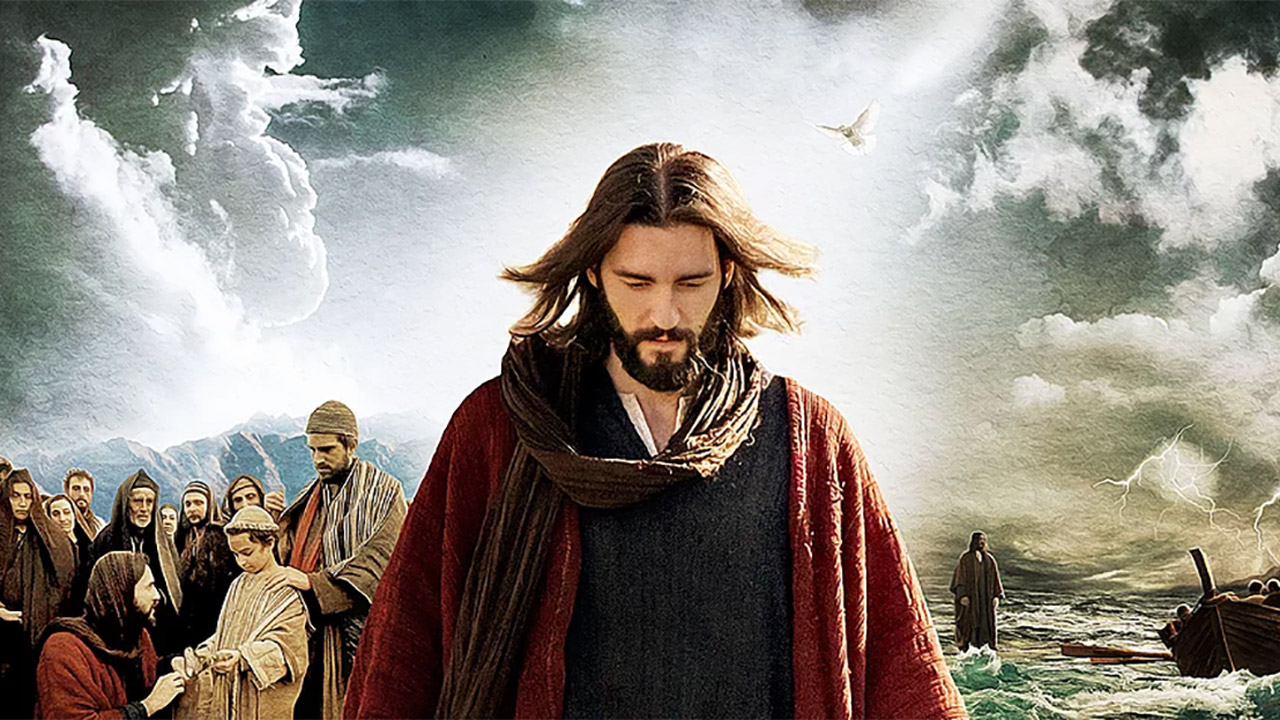Continuing advancements in technology coupled with human inventiveness have driven the evolution of filmmaking. From cinematography through to CGI, over the years technology has added more choice and variety for filmmakers and consumers.
Now, the technology du jour is virtual reality. Storytellers are no longer limited to the constraints of film. Stories can come to life in a new, immersive way.
The visceral experiences that VR provides are an exciting development for the film industry. Unlike traditional film, where the composition is usually limited to a scene at a time orchestrated by the director and pulled together by editors, now a director’s vision can stretch much further. From a character whose reaction is triggered when you turn to look at them to music that directs your attention and even haptics to further push the level of immersion.
It’s no surprise that directors and artists, and even major studios, have already embraced VR. Filmmakers are experimenting with how they can push the medium and convey narratives. They are also experimenting with different genres, from animated experiences to 360º movies and documentaries, to interactive narratives.
Then there are VR feature films.
In August, Vive Studios announced a world-first, a feature-length virtual reality film created in 360º VR. Called 7 Miracles, the seven-part VR series immerses users in the world of the Gospel of John, experiencing the story from any angle they choose. Vive Studios put a considerable budget (almost $3.5 million) behind the experience to create a live-action period drama, complete with sets and costumes.
The film premiered at Raindance Film Festival this month and won the festival’s ‘Spirit of Raindance’ award for ‘VR Film Of The Festival’. Wareable tried out 7 Miracles at Raindance, and reported, “You can see, though, how ‘witnessing’ the miracles of Jesus Christ in 360 degrees (turning water into wine etc) could be something like a religious experience to the right audience.”
It’s a clever move by Vive Studios to try and expand its audience through a faith-based film. With more than a billion Christians on the planet, it’s certainly a good size audience to tackle. But, I question whether a feature film on Jesus Christ is going to drive the masses to invest in a VR headset. Not due to the subject matter, but because the medium doesn’t support feature-length experiences at the moment. Mainly due to relative headset comfort and how it feels to spend an extended period of time in VR.
It must be remembered that VR consumption is fundamentally different from that of film. VR is so intense it needs to be experienced in bite-size chunks, two-to-three hours of high action or drama would be too much in VR. Instead, like games, you’ll revisit the experience again and again. Thus, a 70-minute experience divided into chapters is the right way to go.
But, are audiences really ready for VR films? For decades we have been passive observers, sucked in by linear, director-crafted narratives. In VR, audiences have the freedom to choose where and what they look at, with almost all of the traditional director’s tools taken away. This requires a different focus and participation compared to traditional films. Over the length of a feature film, is this too much to ask? Consumer demand will play a big part in whether VR feature films or feature-length experiences are a fad or a legitimate new genre of entertainment.
While the technology and audiences are developing, short, stand-alone films in VR are a good bridge. Crow: The Legend is one such example. Executive produced by John Legend (who also lends his voice to the film), this film is a VR interpretation of a Native American folk story. Paired with a beautiful style that ‘differs from any other VR experience to date’. The most important thing to note here is the length of the film itself. At 22 minutes, Crow: The Legend is the perfect length for someone to experience in one sitting. A lot of people start to feel a little bit uncomfortable after 30 minutes of VR.
VR short films are also attractive investments. Most notably, Spheres, a three-part series that lets viewers explore the depths of space in VR, was acquired at Sundance Film Festival in a huge seven-figure deal. This marks the first-ever VR deal struck at Sundance, an unprecedented move for the festival. It’s significant as it shows that VR filmmaking can pull in the interest and clout similar to the way traditional film can.
This year, at the 75th Annual Venice Film Festival, the co-curator of the festival’s VR program, Michel Reilhac, said, ‘if cinema is the art of playing with time, VR is the art of playing both with time and space. And we are just beginning to understand what that means.’ Currently, the film industry is still experimenting and seeing how people respond to longer-form content, we should embrace all these experiments as, without them, the industry would not progress.




